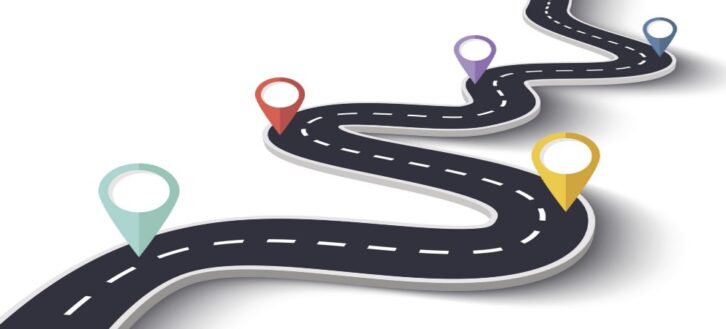Email has been around for decades, and throughout that time, businesses have leveraged it for marketing success. The first marketing email was sent in 1978 and led to $13 million in sales, making it one of the most effective marketing techniques available.
While email may not be the newest and hottest thing now, it’s still an effective marketing strategy that can boost revenue. It fosters a human connection – something marketing is in dire need of as the digital world becomes increasingly impersonal.
If you’re thinking that email marketing is essentially spam, that couldn’t be further from the truth. A lot of promotional emails may qualify as spam, but done right, email marketing can build relationships and profits.
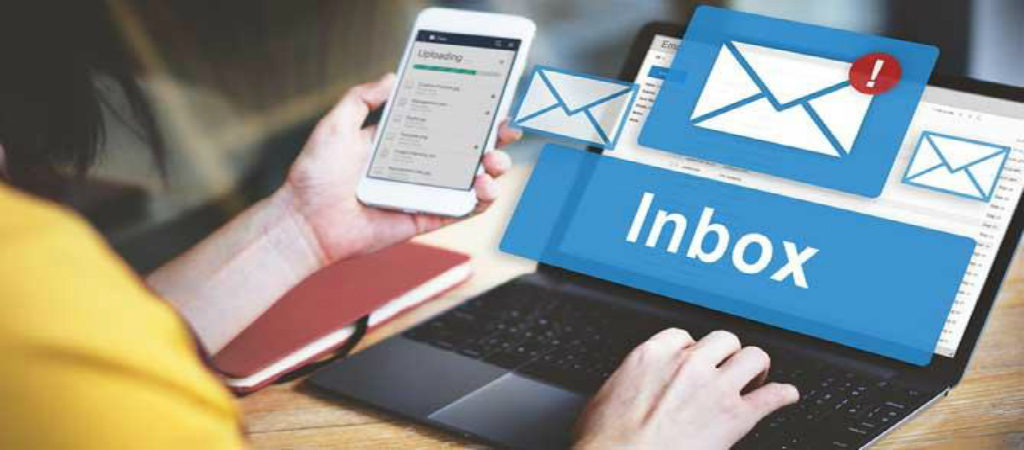
The Power of Email Marketing
Email marketing is a marketing strategy that targets the audience and both prospects and customers through email messages. Subscribers and customers can opt-in to email from a brand and receive valuable information in return, such as content, discounts, launch notifications, and more.
You can use email marketing a variety of ways, including:
- To build relationships with personalization and engagement
- To boost brand awareness by keeping your brand top-of-mind
- To promote your content and share information that may be useful to the audience
- To entice subscribers to provide information in exchange for an asset that can be valuable to them
- To promote products and services
- To nurture leads
Benefits of Email Marketing
- There are 3.9 billion active email users – half the global population
- Two thirds of customers made a purchase because of email
- Email is 40 times more effective than Facebook and Twitter combined for customer acquisition
- Email generates around $42 for every $1 spent, which is 4,200 percent ROI
- Each user receives about 121 emails each day
There’s a ton of possibilities with email marketing, but it has to be done right. Customers will unsubscribe if they get too many emails from a brand, or if they don’t think they’re getting anything from them.
In addition, Gmail has a feature that automatically categorizes and filters emails into Promotions and Spam folders. If that’s not enough, Gmail also sends notifications asking users if they wish to unsubscribe from brands whose emails they haven’t opened in a while, making it even harder to get noticed.
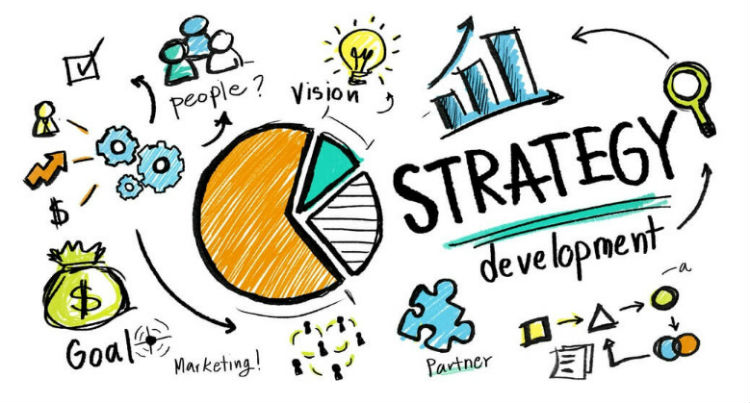
How to Create an Email Marketing Strategy
Email has tons of benefits, but you have a lot to overcome, too. If you don’t develop a strategy, your emails could never be opened, or worse, get lost in the spam folder.
Here’s the outline for your strategy:
Define Your Audience
Effective emails are ones that are targeted to the audience. Before you begin, make sure you understand your audience and how to deliver value to them. From there, you can tailor your email campaigns to their needs.
Set Your Goals
All strategies start with a goal. What are your goals for your campaign? Are you looking for better brand awareness? More sales? Converting leads into paying customers? Decide what your goals are, so you can create campaigns to achieve them.
Allow Subscribers
The best emails possible are useless without an audience. You need to build an email list to send your emails to, which means you need a way for people to subscribe to your email newsletters and promotions. It takes time to build an email list, but it’s worthwhile to have a list of people who want to hear from you.
Choose Your Campaign Type
There’s just as much variety with email marketing as any other type of marketing. Choose the best option for your audience, whether that’s a newsletter that comes out periodically, promotional emails, or alerts about content or product launches. You can also set up different subscriber lists to allow customers to sign up for only what’s relevant to them.
Plan an Email Schedule
Remember, customers will unsubscribe if they receive too many emails from a brand. Likewise, you need to email often enough to stay top-of-mind – it’s a delicate balance. Decide how often you plan to send emails and let your audience know. You’ve set up expectations, so now you must stick to that schedule.
Track, Measure, and Tweak
Your campaigns need tracking and measurements just like other marketing campaigns. Paying attention to the metrics will allow you to refine your emails and get better results in the future.
Let’s dive a little deeper into some of your email marketing strategy.
Building an Email List
One of the most challenging aspects of email marketing, building an email list is fundamental to your success. You have to get creative, but remember – you have nothing to gain from paying for an email list. it’s not only pricey, but it’s not even your audience. You’ll get much better results from building your list and marketing to the people who want to hear from you.
Use Lead Magnets
Lead magnets are free items or services that are given away in exchange for contact information. Typically, these are in-depth content pieces like whitepapers, newsletters, and webinars, but they may also be free samples, free consultations, or trial subscriptions.
No matter what you choose, it’s important that it has value to your prospects and you give it away for free in exchange for an email address. For example, if you had an app that helps student drivers prepare for their driving test, you could offer in-depth driver’s ed resources for free in exchange for an email address.
Here’s how to create a lead magnet with value:
- Create an actionable offer that solves a problem in a way that’s relevant and realistic
- Make the asset digital and easy to consume, such as a PDF, video, or webpage
- Ensure the asset is worth the information – would you feel valued if you gave your information up for it?
- Use the asset as a way to show off the value you’ll provide throughout the relationship
- Develop lead magnet offers that are relevant to the appropriate stage of the buyer’s journey
Craft a Compelling Subscriber Form
The subscriber form is how you’ll get the user’s email address to add to your email list. It has to entice them to get them to share information – here’s how:
- Use a standout design and compelling headline
- Ensure the copy sells the offer in a way that’s exciting but truthful
- Keep it simple and straightforward and ask for only essential information: first and last name and email address
- Set up an automated welcome or confirmation email, which gives the user an option to verify their account or unsubscribe
- Check the details and ensure that it all runs smoothly – the last thing you want is a poor user experience that leaves a negative impression of your brand from the start
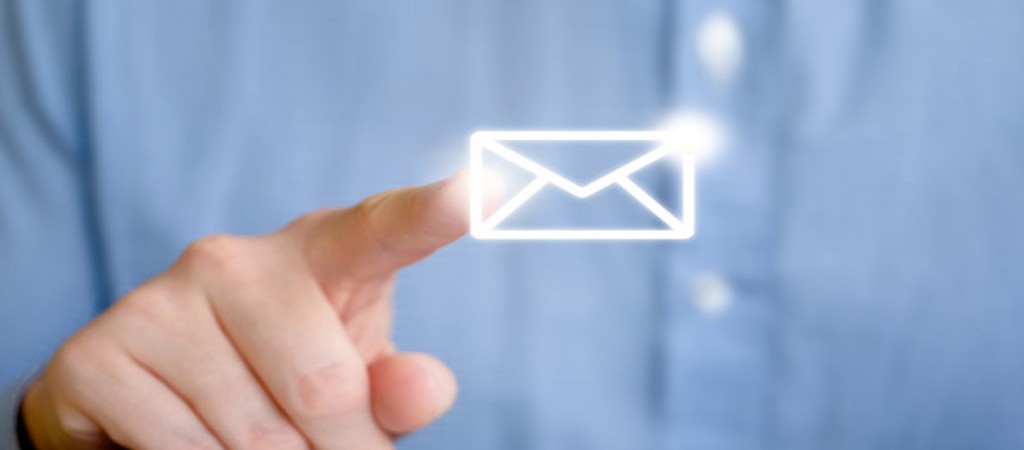
How to Create an Effective Email
Emails need to be crafted and planned to be successful. It’s not as simple as creating a quick email to a friend or coworker. Every aspect of your email needs to be meticulously planned, from the subject line to the signature to the design.
- Subject line: Use clear, actionable language that’s personalized and relevant to the rest of the email
- Personalization: Keep the tone personal and use names as much as possible
- Copy: Focus on only one topic and ensure that your copy is consistent with your brand voice and compelling.
- Images and video: Images and video can be helpful for your email marketing efforts, but it’s important that they’re optimized for all devices and relevant to your message.
- CTA: Make your CTA clear, obvious, and distinctive from the rest of the email to ensure the reader sees it, but keep it relevant to the rest of the email.
Email Marketing Analytics
Your emails will never be perfect the first time around. You have to continuously track, monitor, and refine your efforts to create more effective emails. Here’s how to analyze your email marketing strategy:
A/B Testing
Email lists often have diverse audiences and users who want different things. No one template, design, or copy will work on everyone, and without testing, you don’t know which types are on your list.
A/B testing can help you learn more about your email list and their preferences. Also known as split testing, A/B testing shows the performance of your email with your audience by comparing the results of two similar emails.
To do this, create identical emails and choose one variable to test at a time, such as the CTA or subject line. Then, create two versions of the email, one with the variable and one without, and send them out. After time has passed, analyze the results to see which performed better. You can (and should!) test multiple variables for your emails.
Set Your KPIs
You have plenty of KPIs to choose from with your email marketing campaign, but here are the main ones:
- Open rate: The percentage of people who open your email
- Deliverability: The rate at which emails reach inboxes
- Click-through rate: The percentage of people who click the CTA
- Unsubscribes: The number of people who unsubscribe from your email list
If your emails are underperforming in any of these areas, consider why.
- Are your emails getting stuck in spam filters?
- Are there inactive people on your email list?
- Are your subject lines prompting people to open?
- Are you sending emails at the wrong time of the day or week?
- Is your offer not valuable or enticing enough?
- Are your CTAs unclear or difficult to see?
- Could your emails be optimized better for mobile devices?
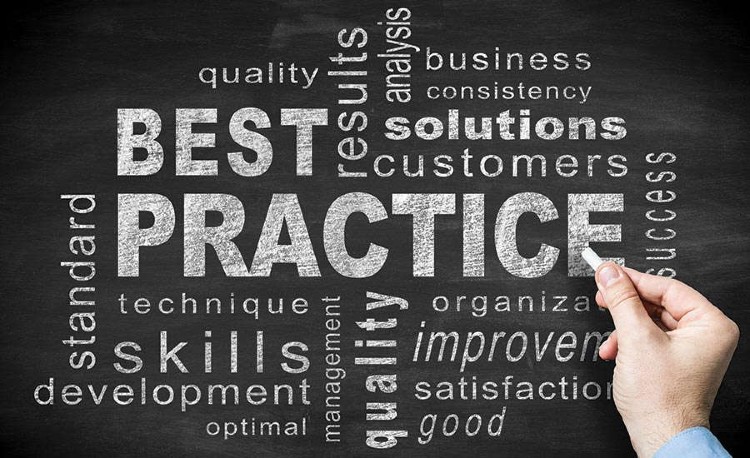
Email Marketing Best Practices
Once you have a list of email subscribers, you have a built-in audience just waiting to hear what you have to say. It’s up to you to make it worth their while.
Use an Email Marketing Service
An email marketing service is an excellent tool for refining your email marketing efforts. You can create, personalize, and optimize marketing emails that look professionally produced, but without the need for web designers or a lot of technical know-how.
Some of the best options include:
- MailChimp
- Sendinblue
- MailerLite
- Hubspot
- ActiveCampaign
- Klaviyo
Evaluate the features to decide which is best for you, such as premade templates, automation features, compliance features, and analytics.
Optimize the Email Preview Text
If you’ve ever seen a newsletter email, you may have seen a message that reads “Email not displaying correctly? Click here.” While this is a great feature to help users, it typically shows in the preview text, also known as the preheader, and can have a negative impact on the open rate.
When this is what the user sees, you’re not only advertising that the email may not work correctly, but failing to tell them what to expect if they open it. The preview text is intended to supplement the subject line and capture the audience’s attention, enticing them to open it.
Plenty of pre-made email templates have conditional statements like “Not displaying correctly?” and “Can’t see images?” at the top, which shows in the preview. It’s important to consider this with the template and write a custom preheader that tells the audience what you want them to know.
Segment Your Audience
Your emails should be targeted to different stages of the customer journey, so you should segment your audience to ensure they receive the most relevant emails.
Segmentation means breaking up your email list into groups or subcategories according to the stage of the customer journey, preferences, interests, or other distinguishing factors. This ensures you’re sending the right emails to the right subscribers at the right time.
For example, if you’re sending an email with a coupon for your product or service to subscribers who barely know who you are and what value you offer, you may lead them away from you. It takes time to build trust, and they belong in a different segment of your audience.
Segmentation doesn’t always have to be according to the customer journey. You may need to segment your audience according to their geographic location to offer targeted products. For example, if you have a DMV study resource for student drivers that’s state specific, it’s important that your audience is segmented by location.
Here are some ways to segment your email list:
- Customer journey stage (awareness, consideration, conversion)
- Industry
- Previous interactions with your brand
- Occupation
- Language
Include a Signature
Your newsletter, product promo, or discount offer is being sent on behalf of your brand, technically, but it’s helpful to have a signature from a specific person. Consumers want to know the human behind the brand, and having a consistent signature keeps the email from sounding cold and impersonal.
Personalize the Greeting
Emails that begin with impersonal greetings like “Dear subscriber” or “Dear member” are far from ideal for personalization. Your users should see their name first, grabbing their attention. Whenever possible, use the recipient’s first name in the greeting.
Personalizing email doesn’t have to be tedious and time-consuming – many automation tools allow you to automatically plug a first name into an email template. Essentially, everyone on your email list (or segment) is getting the same email, but they all have a personal version of it.
Keep the Message and CTA Above the Fold
The information above the fold is the information that shows to the user before they scroll down in the email. Though consumers are more likely to scroll down now than they were in the past, above-the-fold content is still important.
Consumers spend about 57 percent of their time with the above-the-fold content, and that number decreases as they scroll. Because of this, it’s vital to keep the primary message of your content and your CTA above the fold.
Use Your Logo
Logos are a huge component of emails. According to a study from Red Sift and Entrust, logos positively impact email engagement and brand recall by 18 percent. The likelihood of making a purchase also increased by 34 percent with a logo. Your logo should be part of your email design or template to ensure it’s always part of your emails.
Advertise the Offer in the Subject Line
Users skim emails like virtually every other type of content or advertisement. If you include a mention of an offer in the subject line, you give them incentive to open your email. Something like a free shipping offer, a free sample with a product demo, or other incentives are worth opening an email.
Keep in mind that these should still be used sparingly. As much as people love free stuff, constant discounts and deals devalue the offer and your brand. Your audience subscribed to get value from you, and that’s how you build customer loyalty. You should always nurture your email list before you start giving stuff away.
Boost Your Brand Power with Email Marketing
Even in the age of social media, email marketing remains one of the most effective marketing techniques to boost brand awareness, improve revenue, and build customer loyalty. Building an email list takes time, but once you have subscribers, you have an audience eager to hear from you and looking to you as a valuable resource.
About the Author

Leo Waldenback is the co-founder of Zutobi, a gamified e-learning platform focused on online drivers education to help teens get their license. Leo founded Zutobi to make world-class driver’s education fun, affordable, and easily accessible for all.

